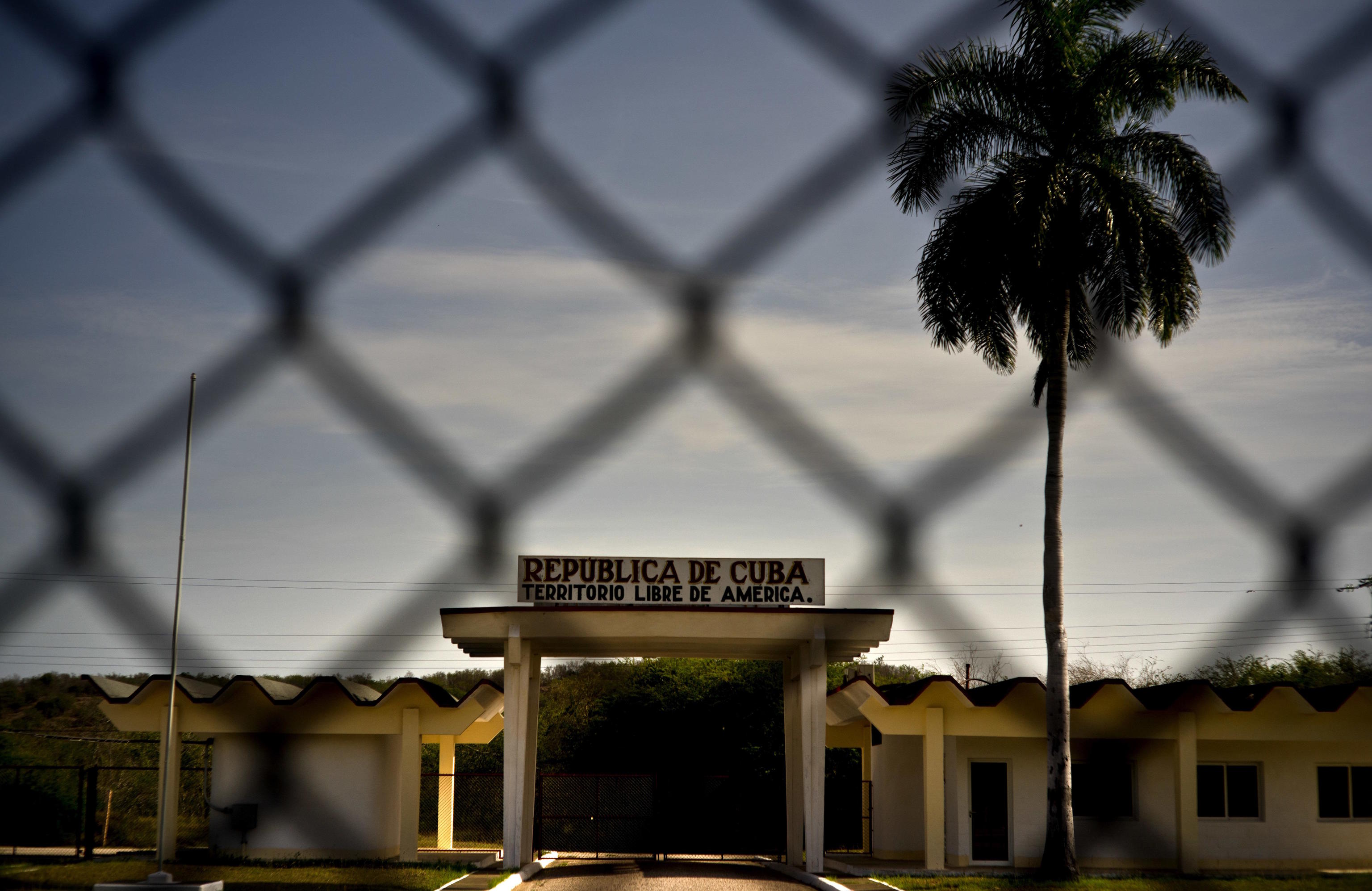"We're going to send them to Guantanamo," Trump said during the signing of the Laken Riley Act.
Subsequently, he signed a presidential memorandum and indicated that he will instruct federal officials to prepare the facilities to receive immigrants who are in the United States illegally and have been accused of crimes. Border czar Tom Homan said that Immigration and Customs Enforcement (ICE) will manage the facility. However, the details of the plan were not entirely clear.
Here is an overview of the U.S. naval base in Cuba and its history:
Although the U.S. naval base in Cuba is best known for the suspects brought in after the September 11, 2001 attacks, it has a separate small facility that has been used for decades to house migrants.
The Migrant Operations Center is used for individuals intercepted trying to reach the United States illegally by boat. Most are from Haiti and Cuba.
The center occupies a small part of the base, includes only a handful of buildings, and does not have the capacity to house the 30,000 people that Trump said could be sent there.
"We're just going to expand that existing migrant center," Homan told reporters.
Not much. The International Refugee Assistance Project, a nonprofit organization, noted in a report last year that individuals are held in conditions "reminiscent of a prison." It added that they were "trapped in a punitive system" indefinitely, with no accountability from the officials operating it.
Deepa Alagesan, a senior supervising attorney at the group, said on Wednesday that they believed it is used to house a small number of detainees, estimated to be in the "double digits."
She expressed concern about the prospect of using it to detain many more immigrants.
"It's definitely a terrifying prospect," she said.
Trump has promised to deport millions of people living illegally in the United States, but the current ICE budget only has enough funds to detain about 41,000 individuals.
ICE detains immigrants in its processing centers and privately operated detention facilities, along with local jails and prisons. It does not have facilities geared towards family detention, which represent about a third of arrivals at the U.S. southern border.
During Trump's first term, he authorized the use of military bases to detain migrant children. In 2014, then-President Barack Obama temporarily relied on military bases to detain immigrant children while expanding space in privately operated family detention centers to accommodate many of the tens of thousands of Central American families who were detained when crossing the border illegally.
U.S. military bases have been repeatedly used since the 1970s to accommodate the resettlement of waves of immigrants fleeing Vietnam, Cuba, Haiti, Kosovo, and Afghanistan.
The Guantanamo migrant detention facilities will be used for "the worst of the worst," according to government officials.
Both Homeland Security Secretary Kristi Noem and Border Czar Homan used the phrase when speaking to reporters outside the White House.
A statement issued by the White House was less specific and only noted that the expanded facility "will provide additional detention space for high-priority criminal aliens unlawfully present in the United States, and to address corresponding immigration enforcement needs."
Trump has repeatedly spoken about the dangers posed to Americans by the approximately 11 million immigrants living illegally in the United States. While immigrants are regularly accused of committing major crimes, they represent a small percentage of the overall population. Peer-reviewed academic studies have generally not found a link between immigration and violent crime, although conclusions vary.
The United States has leased Guantanamo from Cuba for over a century. Cuba opposes the lease and generally rejects nominal rent payments from the United States.
Government officials criticized the news on Wednesday, with President Miguel Díaz-Canel considering the decision "an act of brutality" and noting that the base is "located on illegally occupied Cuban territory."
Meanwhile, Cuban Foreign Minister Bruno Rodríguez posted on the social network X that: "The decision of the U.S. government to imprison migrants at the Guantanamo Naval Base, in an enclave where it created torture and indefinite detention centers, shows contempt for human rights and international law."
